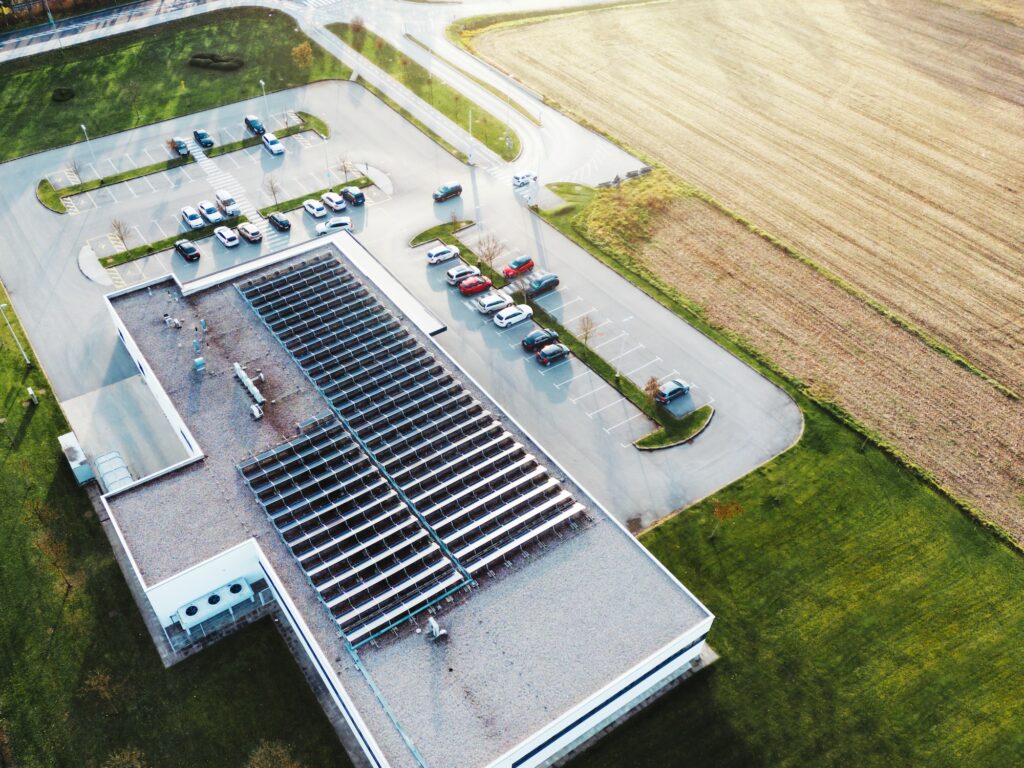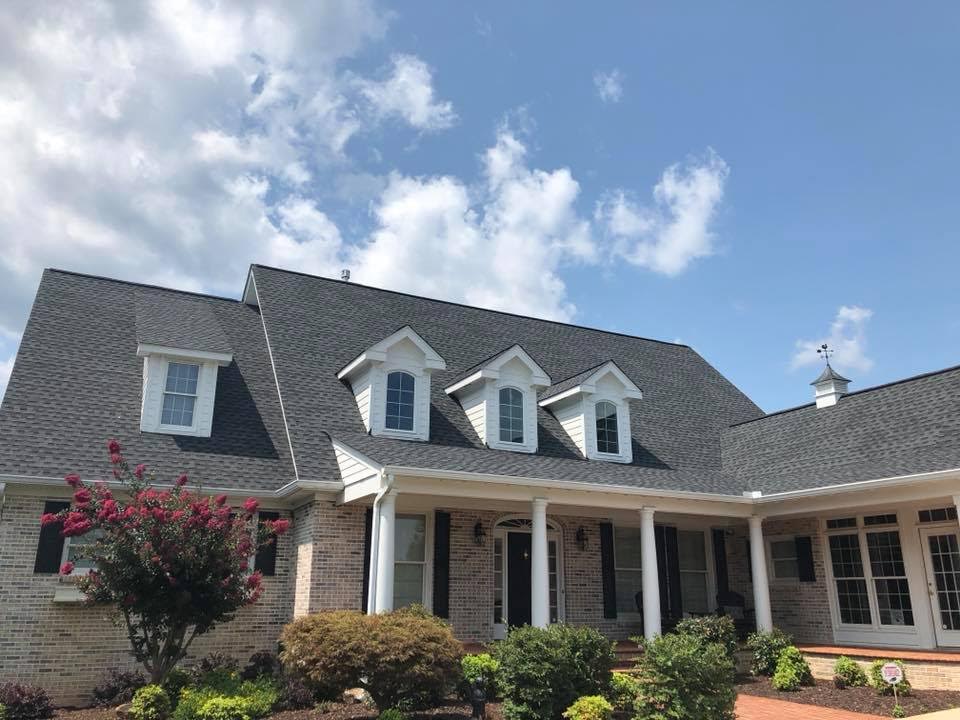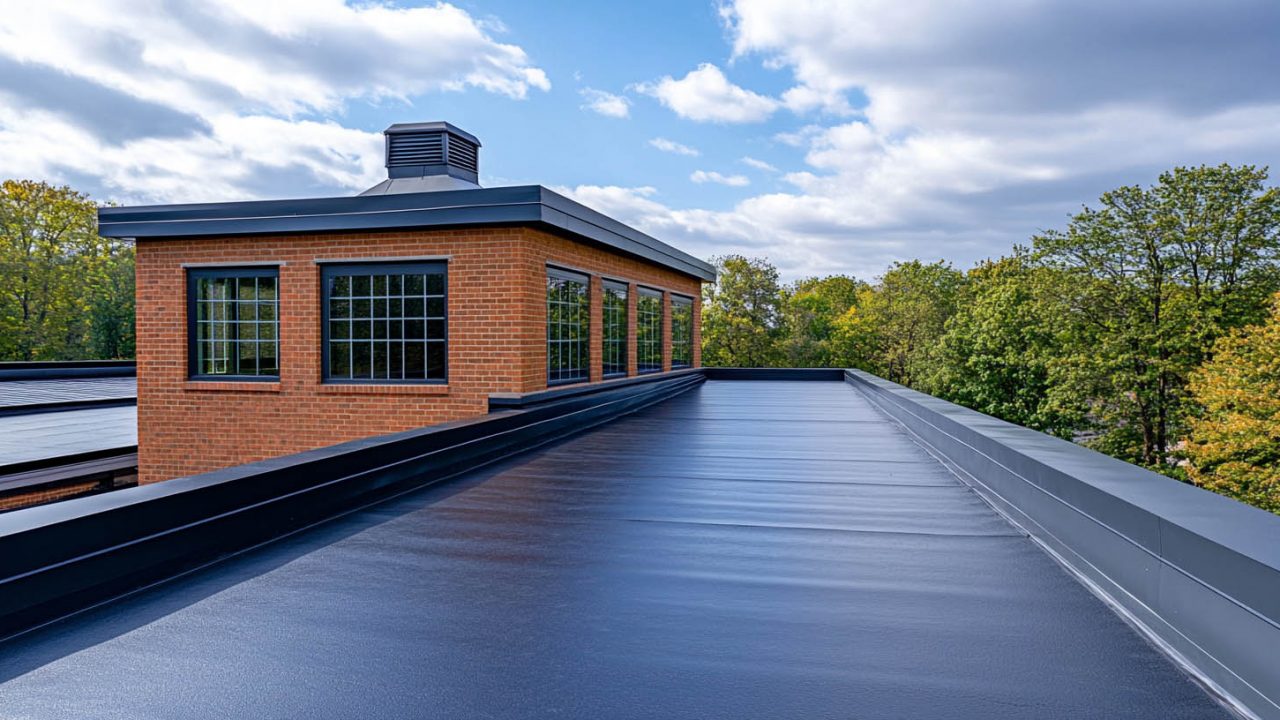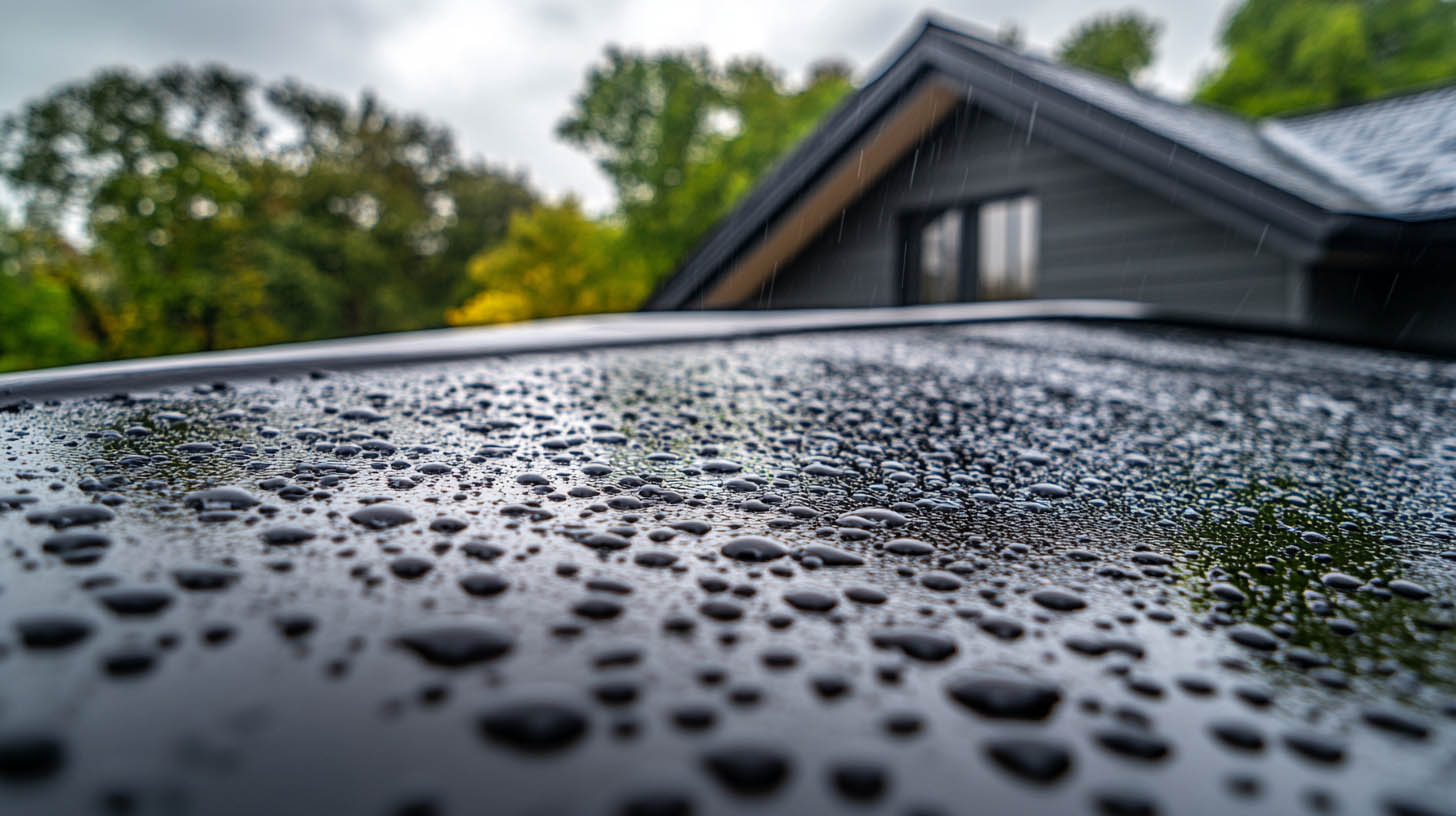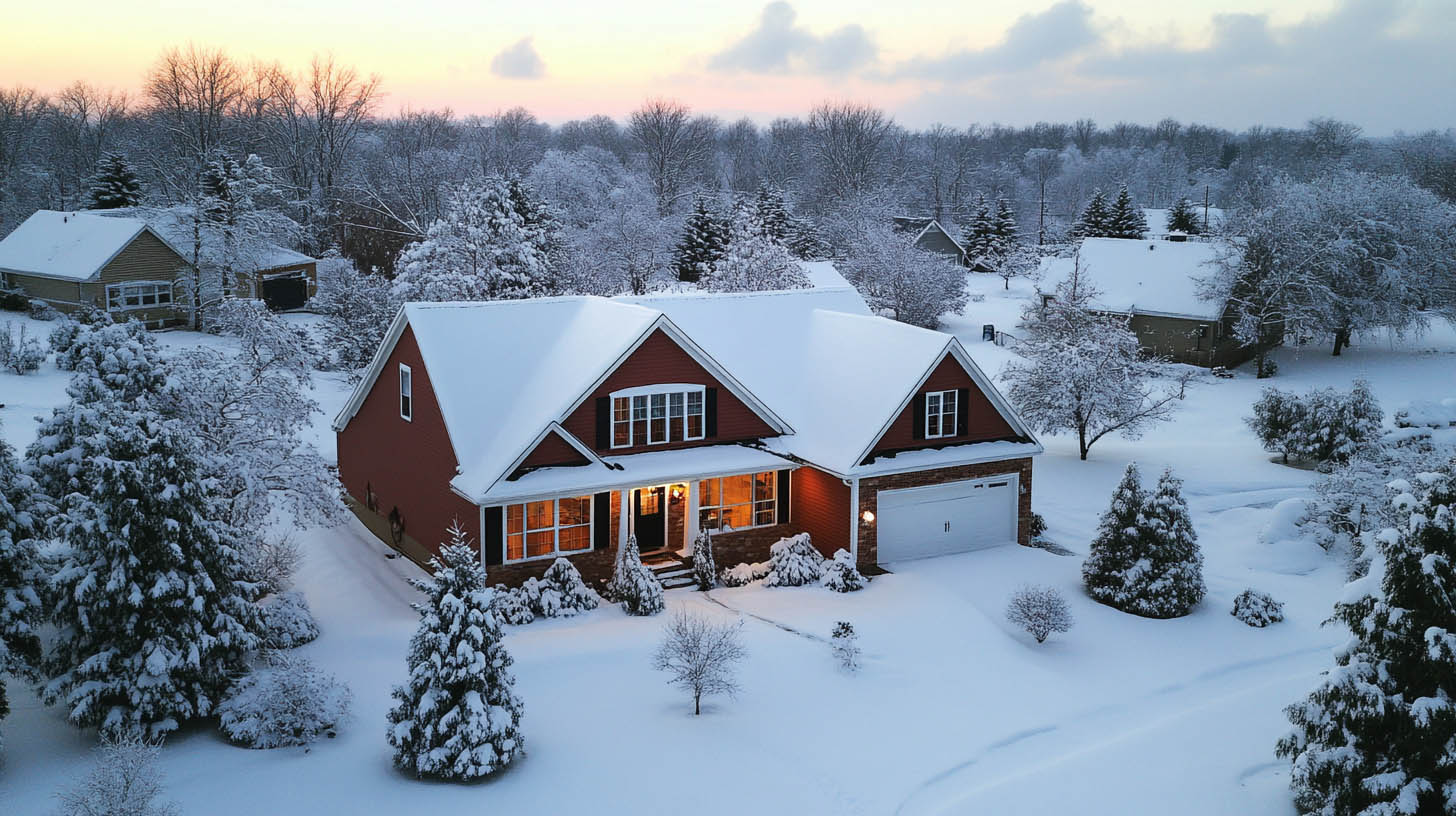Flat roofing has been a prominent architectural feature throughout history, evolving significantly in response to climate, materials, and technological advancements. Understanding the history of flat roofing helps appreciate its development and current applications.
United Contracting & Roofing LLC in Greenville, SC, provides expert flat roofing solutions, drawing on the rich history and advancements in roofing technology.
Origins of Flat Roofs
Flat roofs date back to ancient civilizations, particularly in arid regions like the American Southwest and the Middle East. These areas experienced minimal rainfall, making flat roofs practical.
Early Flat Roofs
- Ancient Architecture: Flat roofs were common in Egyptian and Arabian architecture.
- Materials Used: Early flat roofs were often thatched, using leaves, straw, and branches, pressed in clay to form a solid barrier. However, these roofs lacked basic drainage systems, leading to issues in regions with heavy rain or snow.
Further Evolution of Flat Roofs
Flat roofs gained popularity in America and Europe during the 19th century, thanks to the advent of waterproof materials, concrete, and structural steel.
19th and 20th Century Advancements
- Materials: Metals like lead, tin, copper, and asphalt became common. These materials offered durability and longevity.
- Commercial Use: Flat roofs became the preferred choice for commercial buildings such as offices and warehouses.
Mid-20th Century Developments
In the late 1950s and 1960s, mineral felt, a bituminous felt roofing sheet, became popular due to its affordability. However, it was prone to leaks, negatively impacting the industry. This trend was short-lived, and better materials soon replaced it.
Modern-Day Flat Roofs
Modern flat roofs utilize advanced materials that offer improved durability and longevity.
Popular Materials
- EPDM (Ethylene Propylene Diene Monomer): A durable synthetic rubber membrane resistant to sunlight damage. It has been popular since the late 1970s due to its cost-effectiveness.
- TPO (Thermoplastic Olefin): A vinyl composite material offering high UV protection and structural integrity, making it suitable for supporting more weight.
- Metal Roofing: Common for warehouses, metal roofs are long-lasting and easy to repair but can be more expensive.
Why are Flat Roofs Common for Commercial Buildings?
Flat roofs are favored for commercial buildings for several reasons:
- Aesthetics: They provide a uniform and clean look, complying with business district requirements.
- Durability: Modern materials ensure that flat roofs can withstand various elements.
- Operational Space: Flat roofs offer additional space for HVAC units, solar panels, or recreational areas.
- Cost-Effectiveness: Depending on the materials used, flat roofs can be a cost-effective roofing solution.
Conclusion
Flat roofing systems have evolved significantly from their early origins to the advanced systems used today. They offer numerous benefits for commercial buildings, including aesthetics, durability, and additional operational space. Understanding the history and development of flat roofing helps in making informed decisions for commercial roofing projects.
For expert guidance and quality flat roofing solutions, contact United Contracting & Roofing LLC in Greenville, SC. Our team can help determine the best roofing system for your commercial property.If you want to know more If Flat Roofing Suitable for Your Commercial Building, click here.

